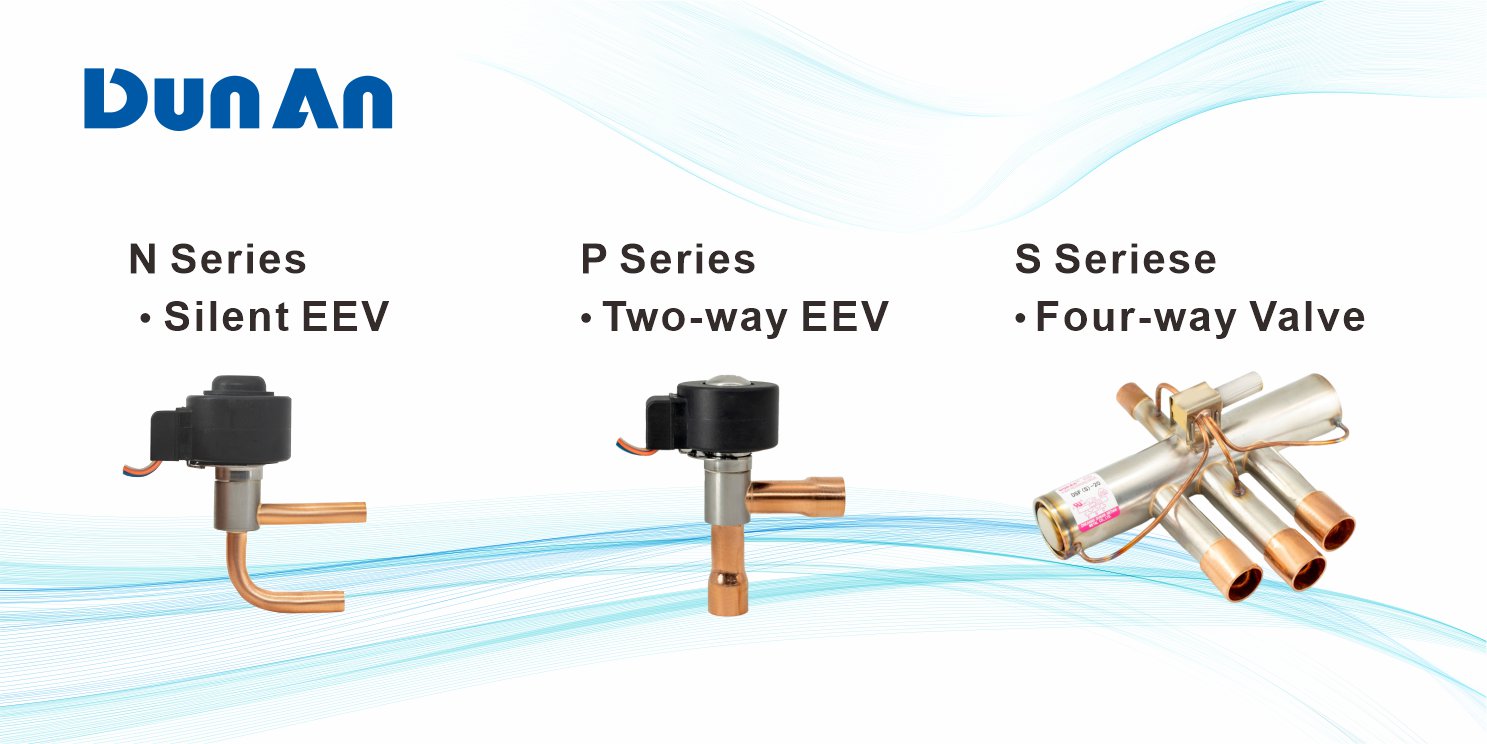Climate Neutral by 2050 with Future-proof Heat Pumps
JARN interviewed Johannes Brugmann, chair of the Heat Pump KEYMARK scheme and vice president of the European Heat Pump Association (EHPA), to hear about the contribution of heat pump technology to a greener and more sustainable future as well as the importance of certified quality products on the market.
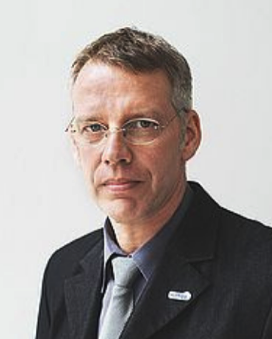
Johannes Brugmann
JARN (J): We hear a lot about the current environmental crisis and the urgency to take action. What do you think about the European Union’s (EU’s) objective to become climate neutral by 2050? How can heat pumps make a positive impact on this strategy?
Johannes Brugmann (B): The EU’s goal of climate neutrality is beyond question and feasible. We are indebted here to future generations. In addition to the huge potential for using renewable energies, there is great potential for improving efficiency and thus saving energy.
In the heating sector, this is the potential of building insulation and heat pumps, which in combination can reduce final energy demand by more than 80%. Since the feasible technologies to achieve carbon neutrality are currently based on electrification of the energy supply, the heat pump is the key technology when it comes to providing heat. No other technology fits better, as it automatically provides a climate-neutral heat supply in a highly efficient manner when the power supply is climate-neutral. The expansion of renewable power supply is additionally strengthened by heat pump expansion, as heat pumps offer load shifting potential. The great advantage is also that in a regenerative power supply planned for 2050, all heat pumps installed today will also be climate neutral.
J: Heat pumps contribute to developing a sustainable energy system. Looking back, how did Heat Pump KEYMARK contribute to the industry’s evolution?
B: The discussion about heat pumps has changed completely in the last 10 years. From a niche, heat pump technology has now risen to become the main pillar for the future heat supply of buildings of the European climate targets in this segment.
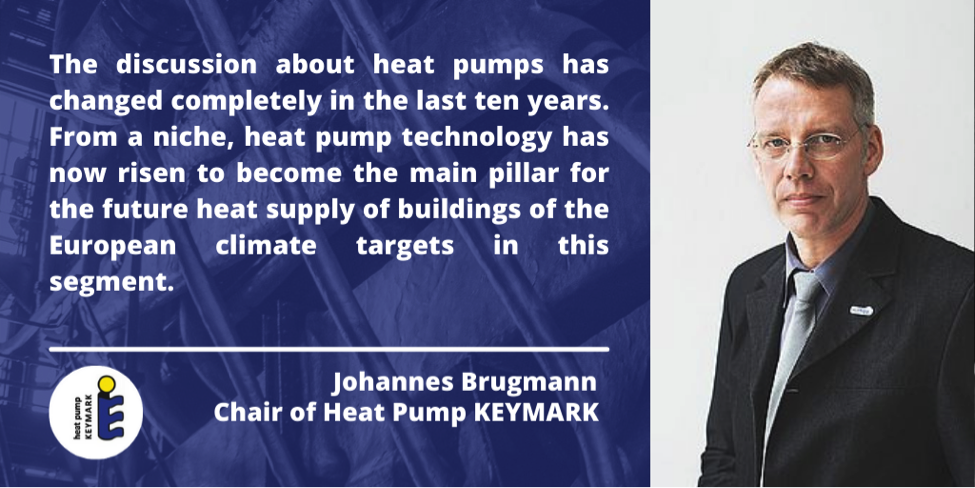
The Heat Pump KEYMARK certificate has been instrumental in promoting confidence in heat pumps through its high level of transparency, high-quality standard, and high recognition from funding agencies. At the same time, the quality standard of the products and the data quality have improved significantly, as the sustainability requirement through manufacturing inspections and random tests as well as the transparent presentation in the Heat Pump KEYMARK database are only possible with the highest quality standards.
J: Based on your experience, what are the benefits of the certification for manufacturers?
B: The Heat Pump KEYMARK certificate is recognized in all European countries except the Netherlands and is the most widely used heat pump certificate in Europe. As part of the KEYMARK family, the certificate is also known throughout Europe. Due to the high requirements of an independent Type 5 certificate for the products, manufacturing, and the company, the underlying sampling test ensures compliance with the quality of the Heat Pump KEYMARK certificate.
J: What makes Heat Pump KEYMARK different from other certification schemes?
B: The main advantage of the Heat Pump KEYMARK is that it is based on the European requirements of the Ecodesign Directive, is an independent Type 5 certificate, and must therefore be legally recognized as a requirement for funding. After already five years on the market, it is used by almost all manufacturers and is thus widely used. The owner of the KEYMARK is the European standards body, the European Committee for Standardization/the European Committee for Electrotechnical Standardization or CEN/CENELEC, whose high standards ensure the quality of the certificate. There is open and transparent access for manufacturers, test institutes, certifiers, installers, authorities, and end customers.
J: How would you describe Heat Pump KEYMARK’s evolution since 2016? What are the future perspectives of the scheme?
B: The development of the Heat Pump KEYMARK is unique. Almost all European heat pump manufacturers use the Heat Pump KEYMARK label. Recognition has been achieved in a very short time in all countries except the Netherlands, which, however, is also in discussion for recognition for national support programs. Continuous further development and the inclusion of more heat pump types in the regulations by experts from certification bodies, testing institutes, and manufacturers will further consolidate the position and importance of the Heat Pump KEYMARK certificate.
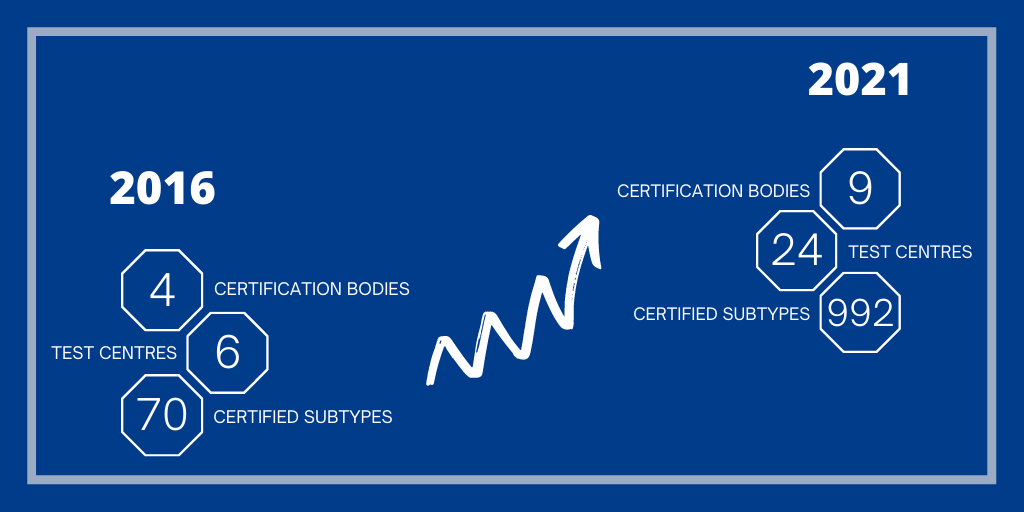
Heat Pump KEYMARK evolution from 2016 to 2021
J: The heat pump industry in the EU is on the rise and is projected to keep expanding drastically. What are your predictions for the years to come regarding the heat pump market?
B: The Swedish heating market, for example, is a market dominated by heat pumps and clearly shows that the technology is ready for the market. Other markets are on the same path and other countries are showing strong growth at a still low level.
Based on the current political framework and the increasing customer demand for modern, future-proof heating technology, a strong growth in the use of heat pumps can be felt, towards becoming the dominant heating technology in the next decade.
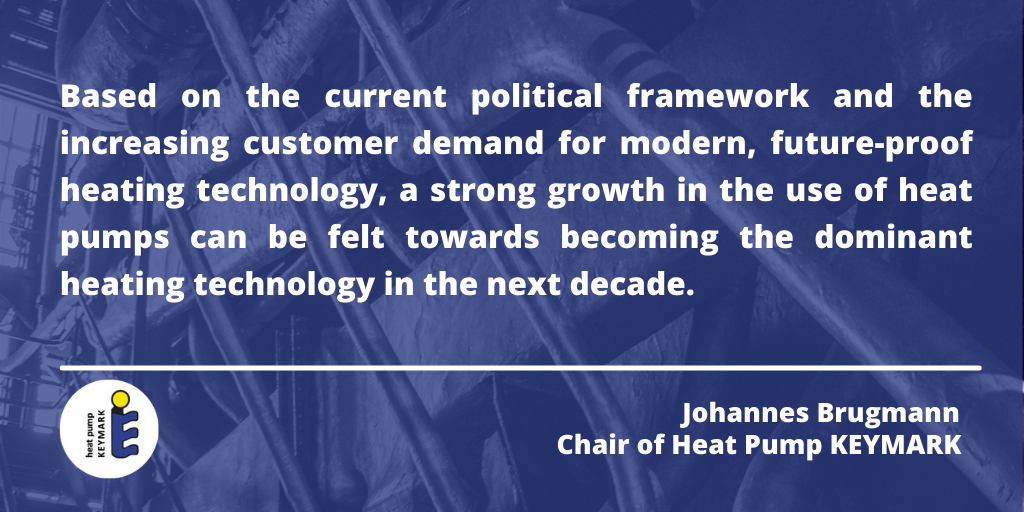
J: We often hear that heat pump technology is not sufficiently recognized as a renewable energy source. What is your answer to that statement?
B: This discussion is typical for technologies that are new or have strong growth. For example, in the 1990s, people doubted that photovoltaic systems would produce more electricity in 25 years than the energy needed to produce the systems, which is out of the question today. Depending on the application, heat pumps generate on average 65 to 80% of their heating energy from environmental energy. In terms of primary energy, with a European primary energy factor of 2.1, this means that 50 to 65 % of the heating energy provided is renewable or, conversely, 35 to 50 % less primary energy is required compared to conventional heating technology. The greener the electricity becomes, the greener the heating energy supplied by the heat pump then becomes, which applies equally to new and already installed heat pumps. Heat pumps of today are therefore ‘Fit for Future’.
J: Mr. Brugmann, thank you for accepting this interview and sharing your views on some hot-button issues.
The Heat Pump KEYMARK
The Heat Pump KEYMARK is a voluntary, independent European certification mark for all heat pumps, combination heat pumps and hot water heaters. It is based on independent, third-party testing and demonstrates compliance with product requirements as set in the Heat Pump KEYMARK scheme rules and with efficiency requirements as set by Ecodesign Lot 1 and Lot 2. The Heat Pump KEYMARK scheme is owned by the CEN.
The scheme is open to all certification bodies in Europe. Manufacturers interested in obtaining the certification should apply with one of the empowered certification bodies. The CEN Heat Pump KEYMARK is a full certificate supporting the quality of heat pumps in the European market.
For more information about the scheme, its benefits, and the application process, visit our website or follow us on social media to get the latest updates.

Heat Pump KEYMARK


